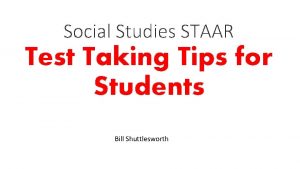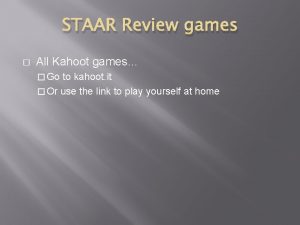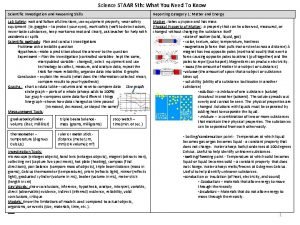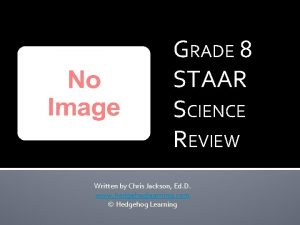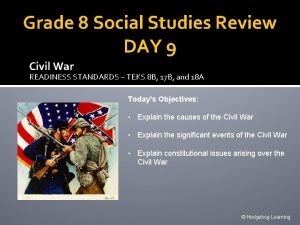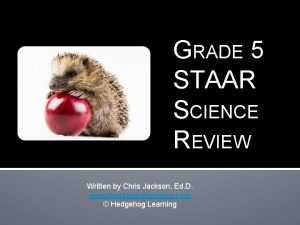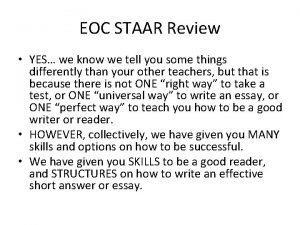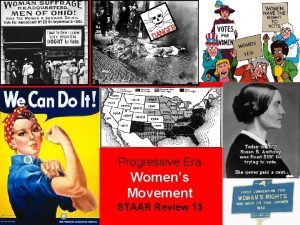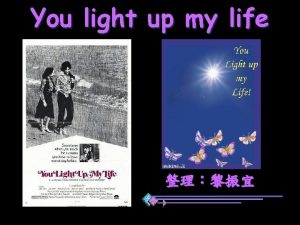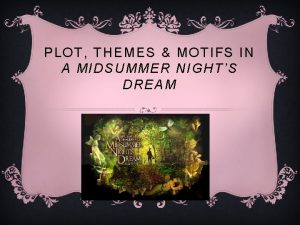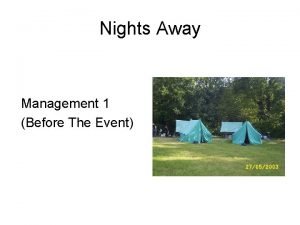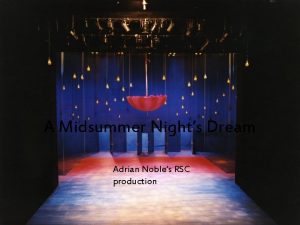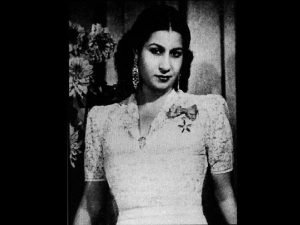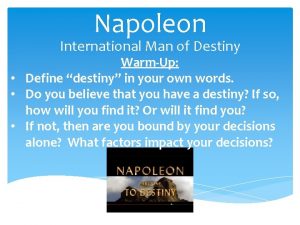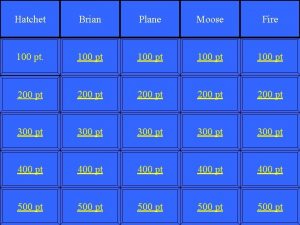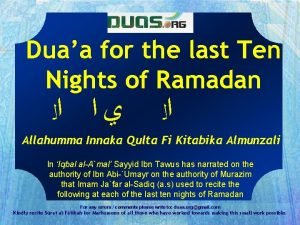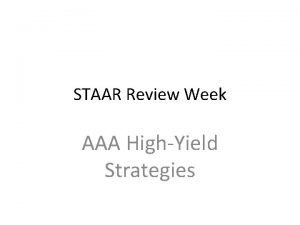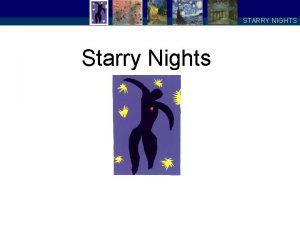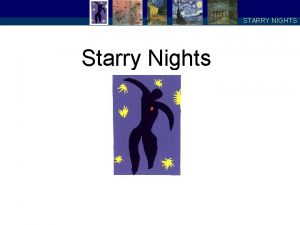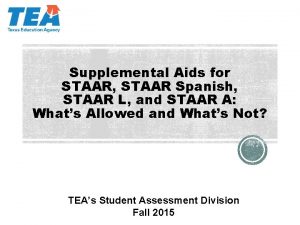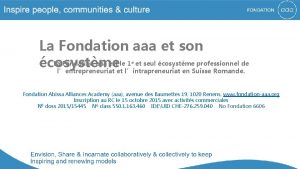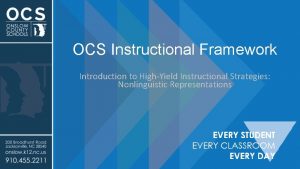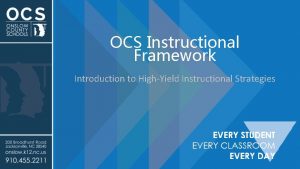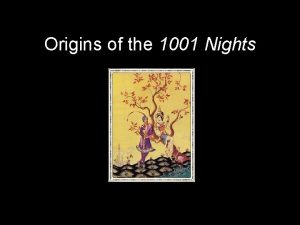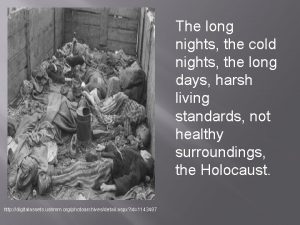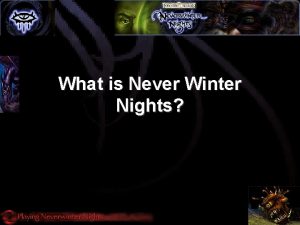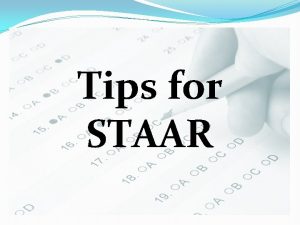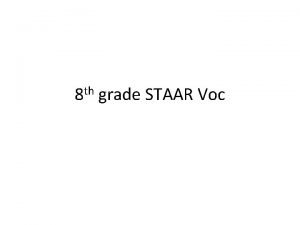STAAR Review Week AAA HighYield Strategies Windy Nights























- Slides: 23

STAAR Review Week AAA High-Yield Strategies

“Windy Nights” 1. The poet’s use of alliteration highlights the wind’s— A. Sound and motion B. Damp chilliness C. Destructiveness D. Unevenness

“Windy Nights” 1. The poet’s use of alliteration highlights the wind’s— A. Sound and motion B. Destructiveness

“Windy Nights” 1. The poet’s use of alliteration highlights the wind’s— A. Sound and motion

“Windy Nights” 2. Onomatopoeia is the use of words whose sounds echo their meanings. Which words from the poem are an example of onomatopoeia? F. roofs, roads, rude G. rumbling, rattling, roars H. chimneys, trees, seas J. doors, roads, trees

“Windy Nights” 2. Onomatopoeia is the use of words whose sounds echo their meanings. Which words from the poem are an example of onomatopoeia? G. rumbling, rattling, roars J. doors, roads, trees

“Windy Nights” 2. Onomatopoeia is the use of words whose sounds echo their meanings. Which words from the poem are an example of onomatopoeia? G. rumbling, rattling, roars

“Windy Nights” 3. The poet uses personification in lines 4 and 7 to – A. Emphasize the strength and power of the wind B. Express the idea that the wind is careless C. Create an image of the wind as dangerous and frightening D. Show that the wind is thoughtful and caring

“Windy Nights” 3. The poet uses personification in lines 4 and 7 to – B. Express the idea that the wind is careless C. Create an image of the wind as dangerous and frightening

“Windy Nights” 3. The poet uses personification in lines 4 and 7 to – B. Express the idea that the wind is careless

What does the question mean when it says… • This passage highlights… • This best expresses…

“Windy Nights” 4. Which of the following best expresses theme, or message, of this poem? F. The wind is a powerful force of nature that cannot be controlled. G. You never know what to expect from the wind. H. People should harness the power of the wind more effectively. J. The wind can make a dark night seem even drearier.

“Windy Nights” 4. Which of the following best expresses theme, or message, of this poem? F. The wind is a powerful force of nature that cannot be controlled. J. The wind can make a dark night seem even drearier.

“Windy Nights” 4. Which of the following best expresses theme, or message, of this poem? F. The wind is a powerful force of nature that cannot be controlled.

“Danny’s Surprise” 1. One example of dialect in this story is – A. “You know how much Danny wants a dog!” B. “That’s perfect!” C. “Hey, y’all, where are you? ” D. “At least, I can hear one. ”

“Danny’s Surprise” 1. One example of dialect in this story is – C. “Hey, y’all, where are you? ” This is the right answer because…

2. Which of the following takes place DURING the rising action of “Danny’s Surprise? ” F. Danny drags a heavy bag of trash out of his house. G. Sonya, Rafael, and Danny plan to watch the Fourth of July fireworks. H. Danny hears a sound like a puppy and walks toward it. J. Mrs. Hernandez suggests that Sonya and Rafael dry off.

2. Which of the following takes place DURING the rising action of “Danny’s Surprise? ” H. Danny hears a sound like a puppy and walks toward it. This is the right answer because…

3. The point of view in this story helps you understand— A. Why Rafael and Sonya’s plan backfires B. How Danny’s mother feels about the three friends’ nonstop pranks C. What Rafael is thinking when he gets wet D. How Sonya plans to get back at Danny

3. The point of view in this story helps you understand— A. Why Rafael and Sonya’s plan backfires This is the correct answer because…

4. In the climax of this story, the reader learns that— F. Rafael and Sonya plan to trick Danny G. Rafael and Sonya got Danny a dog H. The three friends like to play tricks J. Danny has tricked Rafael and Sonya

4. In the climax of this story, the reader learns that— J. Danny has tricked Rafael and Sonya This is the correct answer because…

 Ghemawat aaa framework
Ghemawat aaa framework Social studies
Social studies Week by week plans for documenting children's development
Week by week plans for documenting children's development Us history staar eoc review
Us history staar eoc review Industrialization kahoot
Industrialization kahoot 8th grade science staar review reporting category 4
8th grade science staar review reporting category 4 8th grade staar science review
8th grade staar science review Day 9 grade 8 social studies staar review
Day 9 grade 8 social studies staar review 5th grade science staar review
5th grade science staar review English 1 staar review
English 1 staar review Biology staar review
Biology staar review Jeopard animal
Jeopard animal Staar review
Staar review Neverwinter nights 2 editor
Neverwinter nights 2 editor So many nights i dream of you
So many nights i dream of you Midsummer night's dream symbols
Midsummer night's dream symbols Nights away permit checklist
Nights away permit checklist Adrian midsummer nights
Adrian midsummer nights Umm kulthum one thousand and one nights instrumental
Umm kulthum one thousand and one nights instrumental Tis all a checkerboard of nights and days
Tis all a checkerboard of nights and days Starry nights song
Starry nights song Hatchet moose attack
Hatchet moose attack Dua for last ten nights of ramadan
Dua for last ten nights of ramadan Talladega nights prayer
Talladega nights prayer

